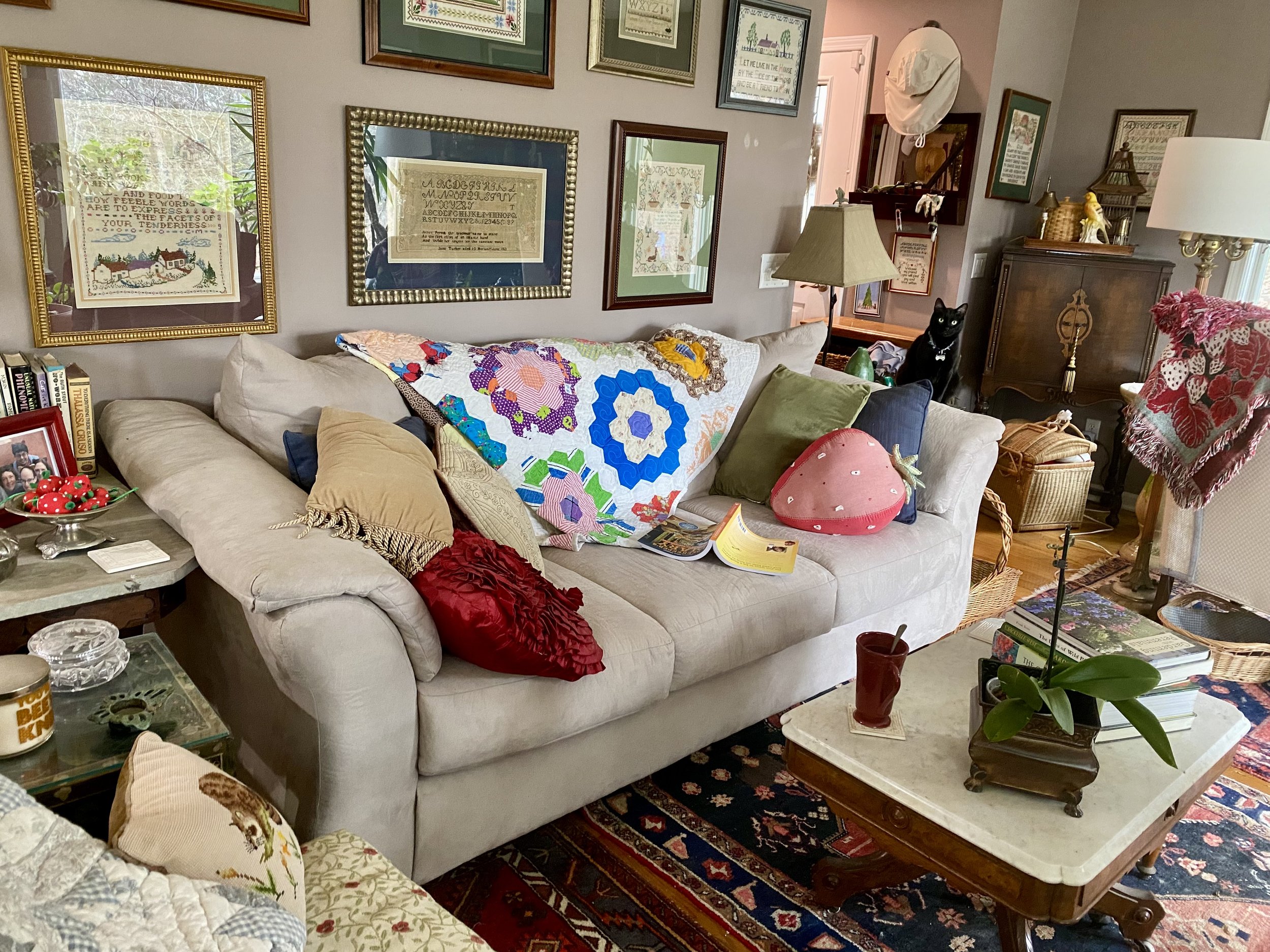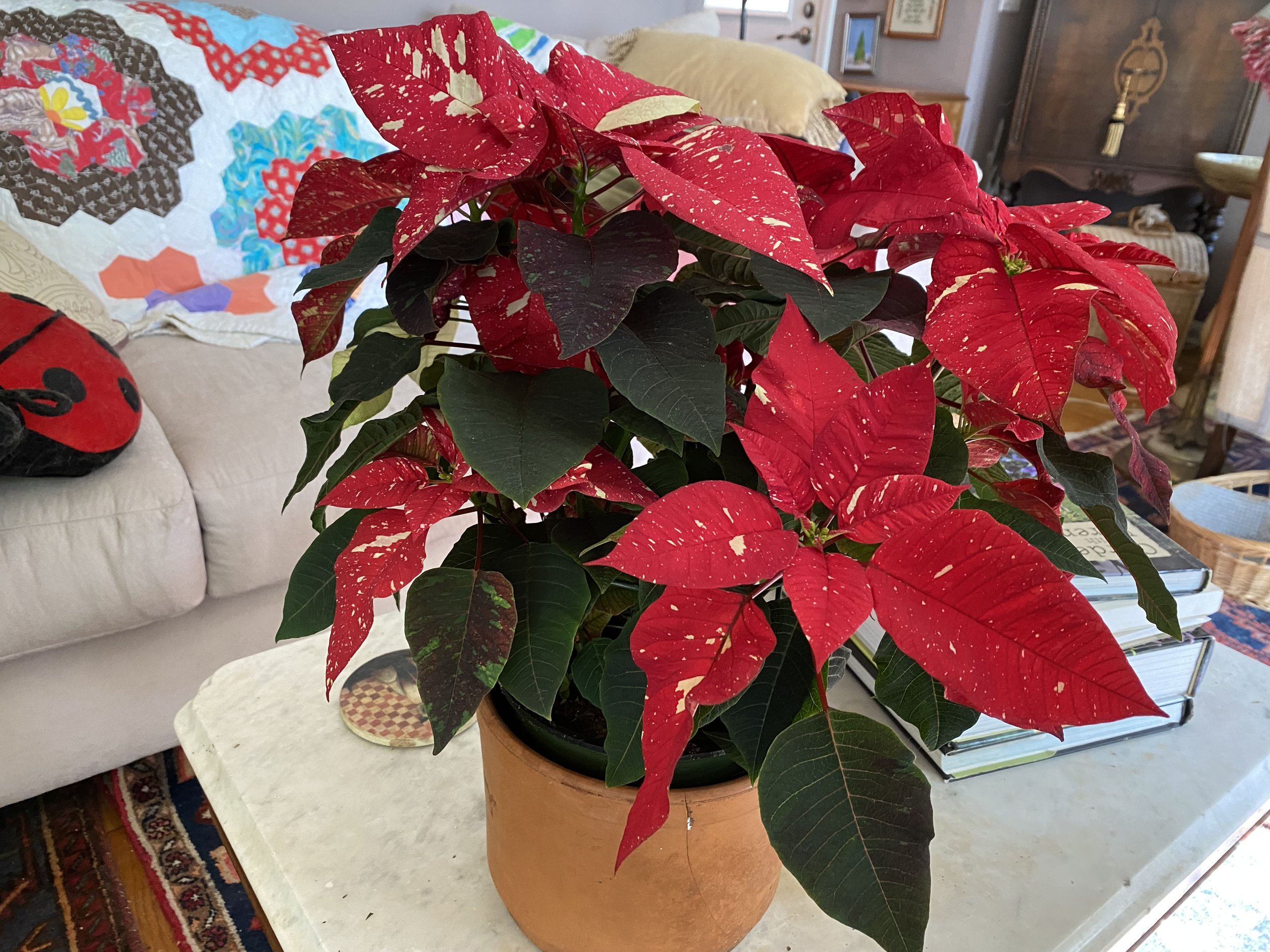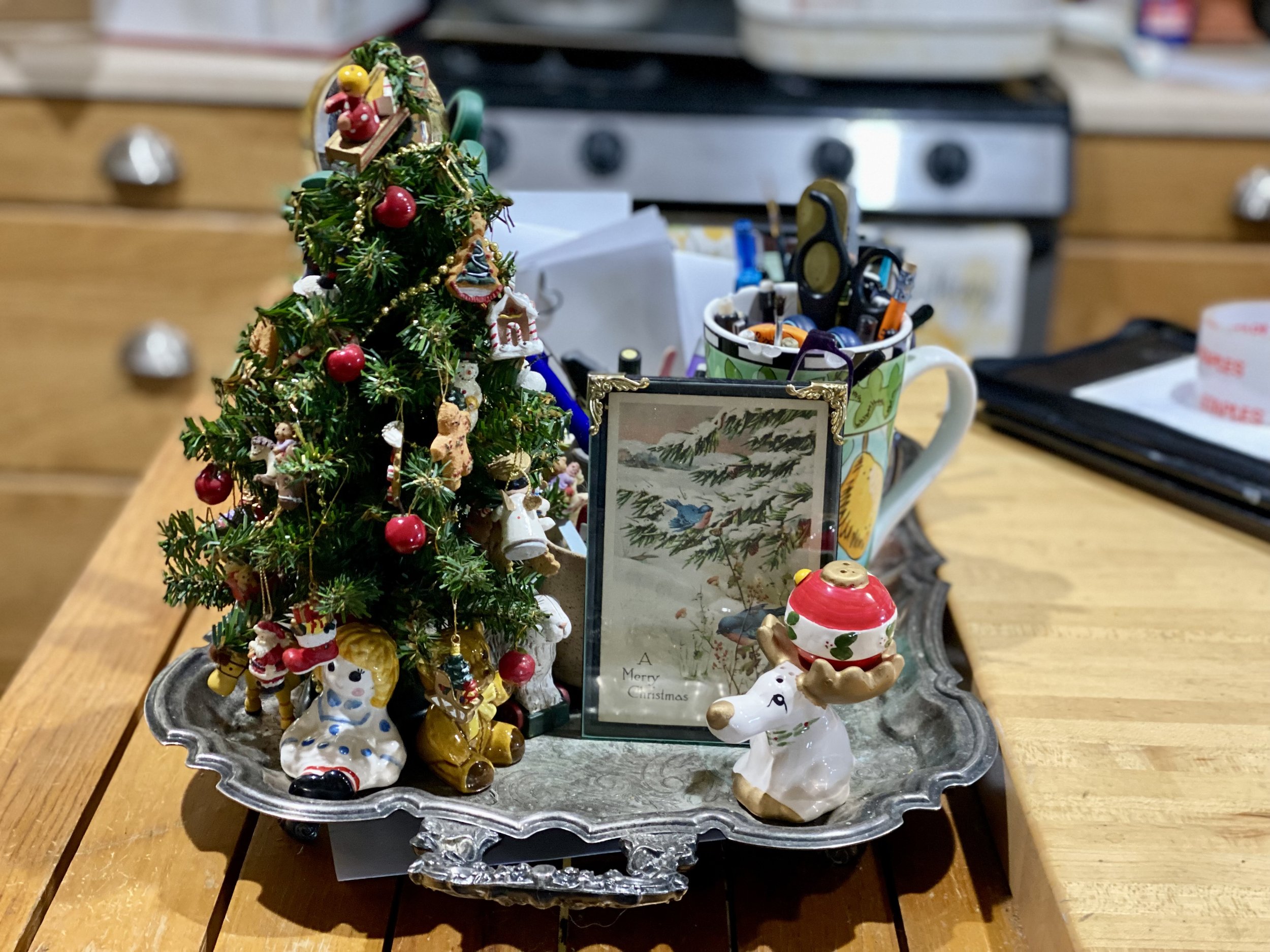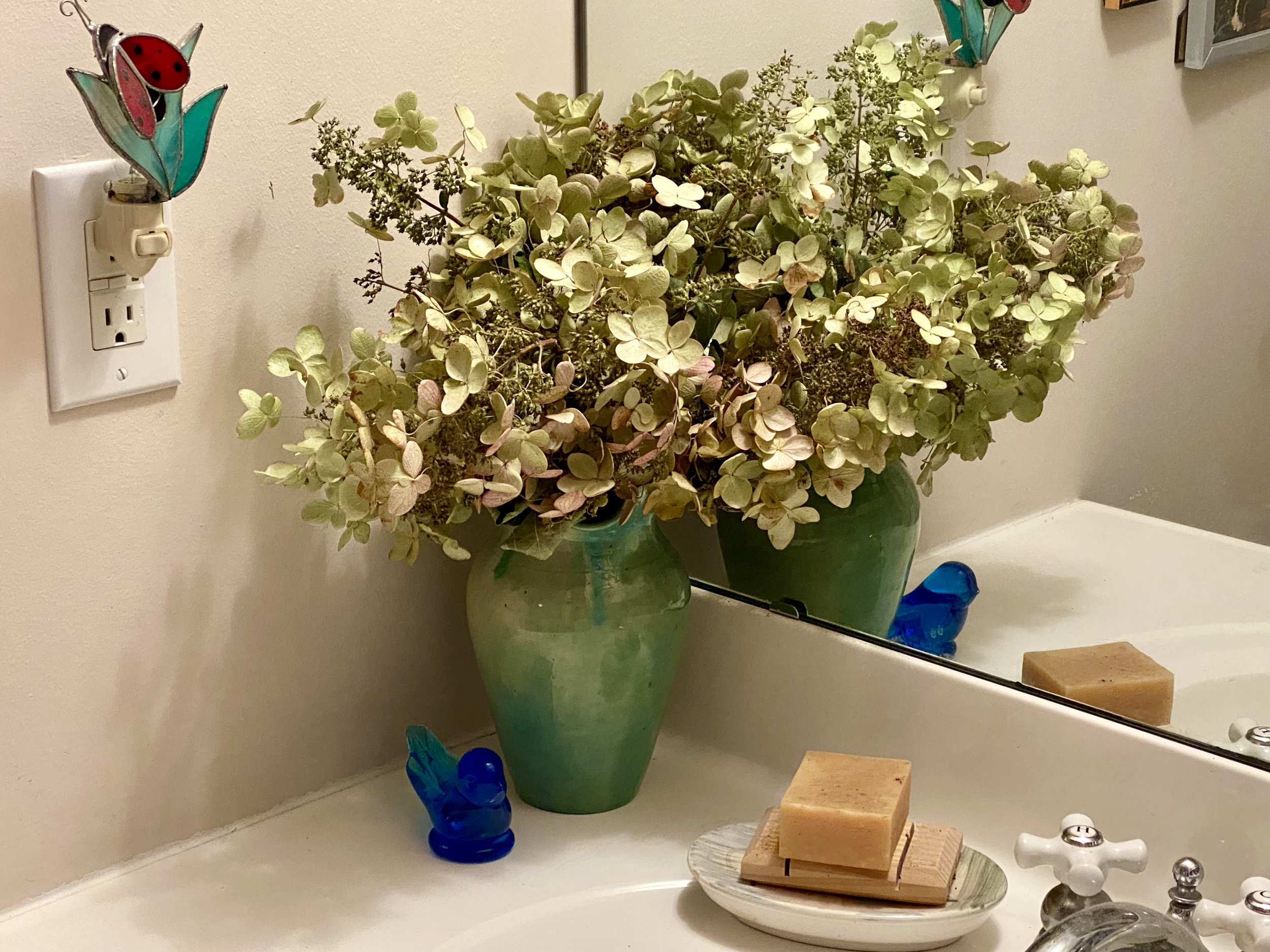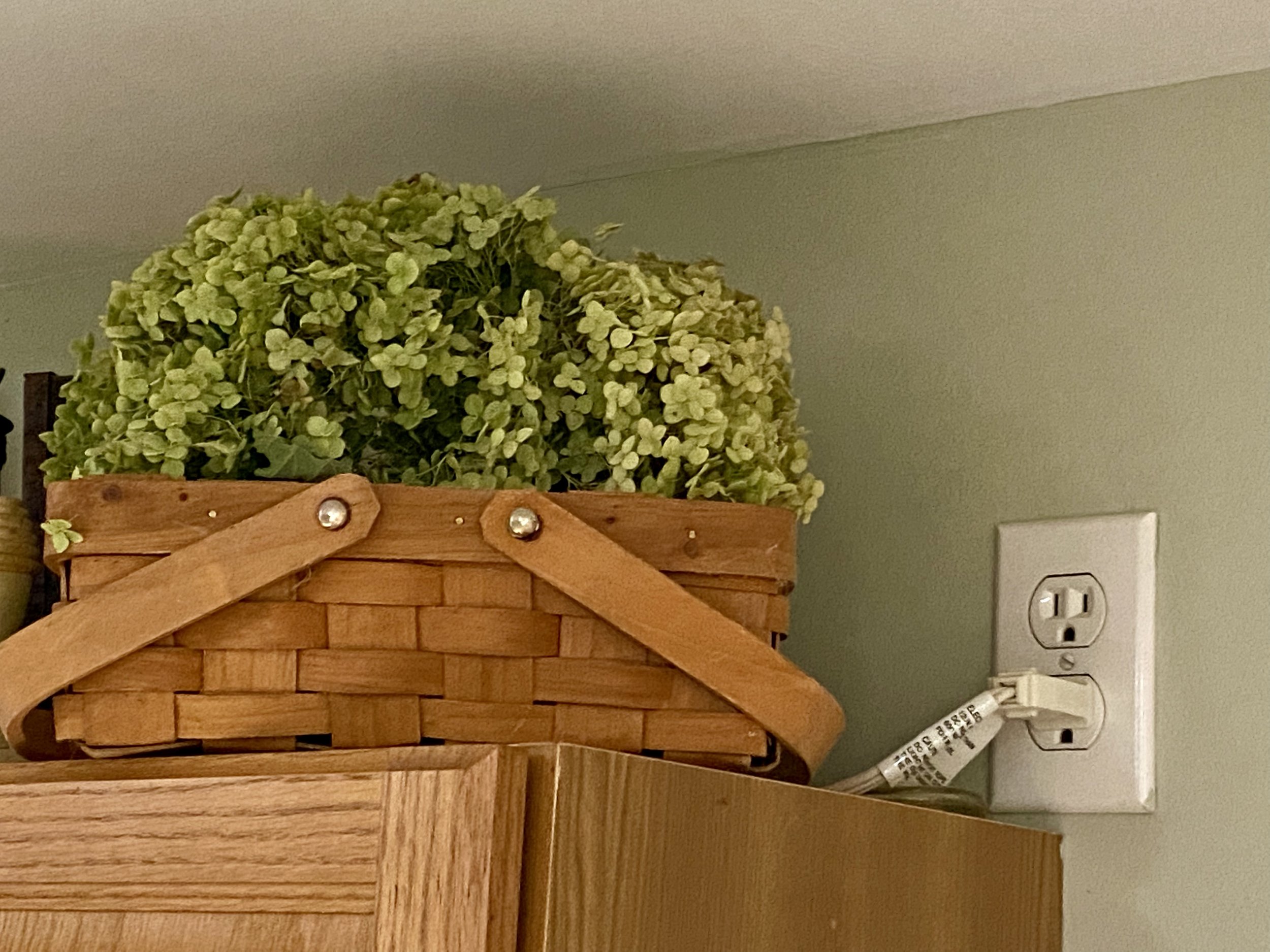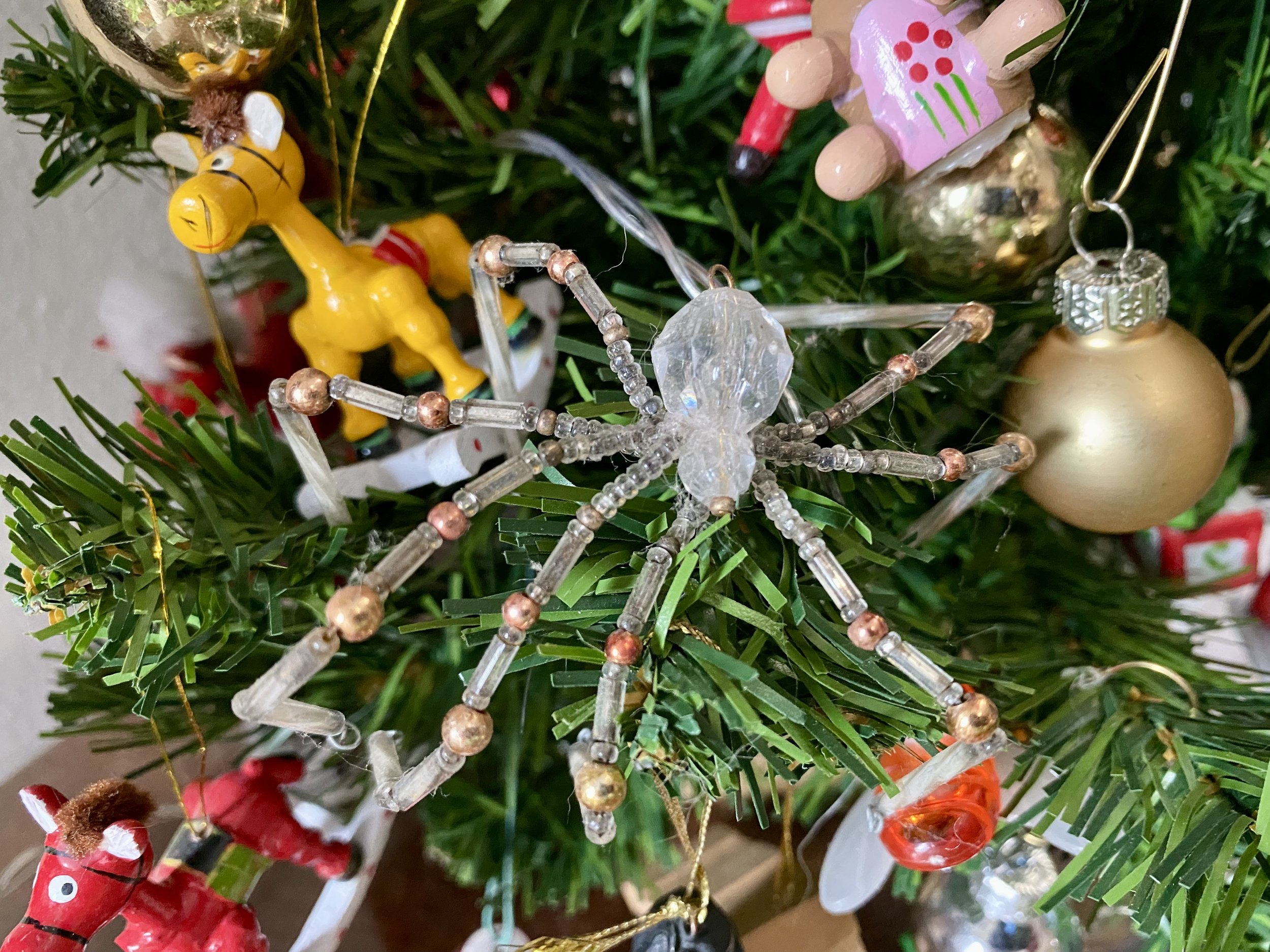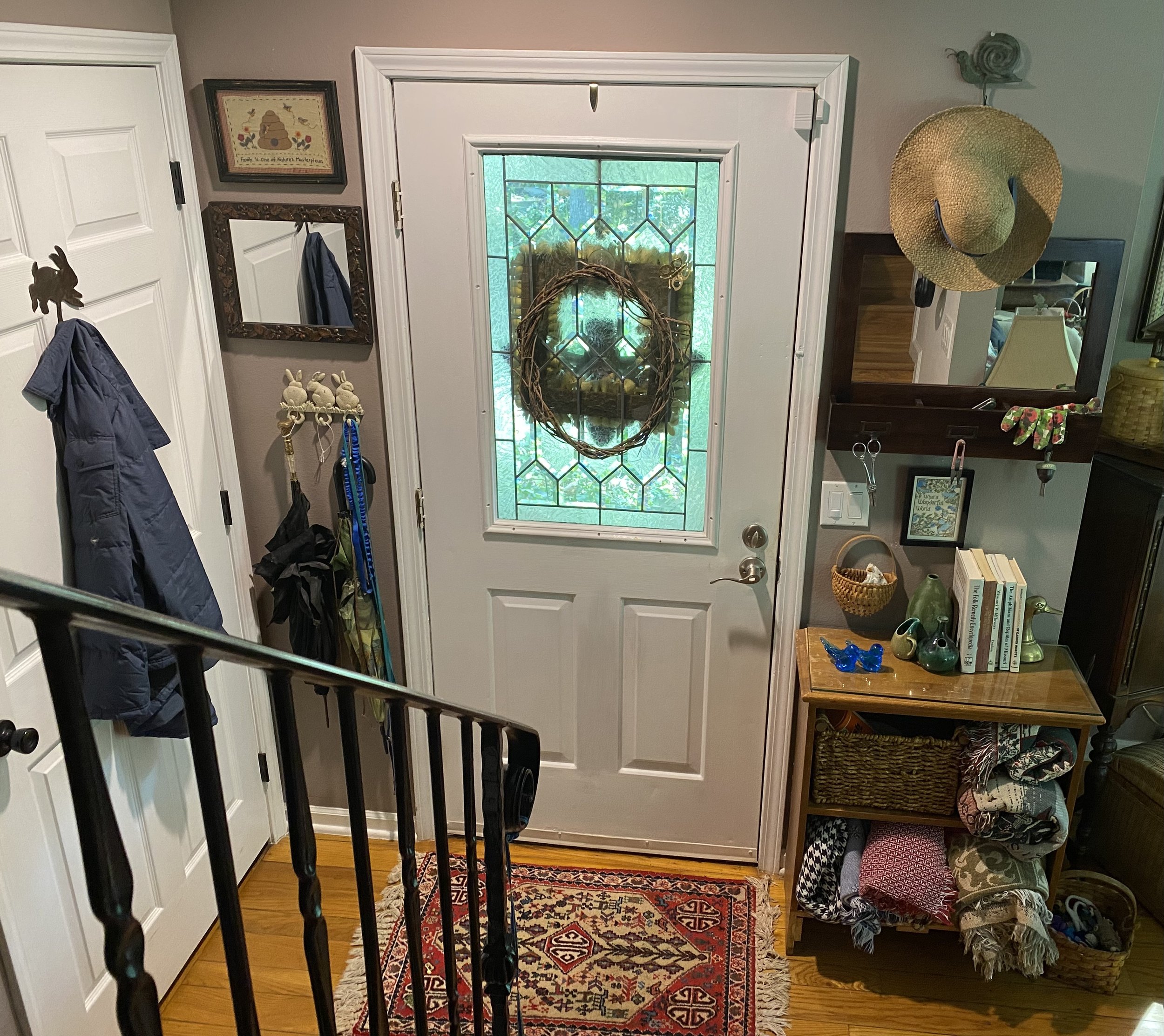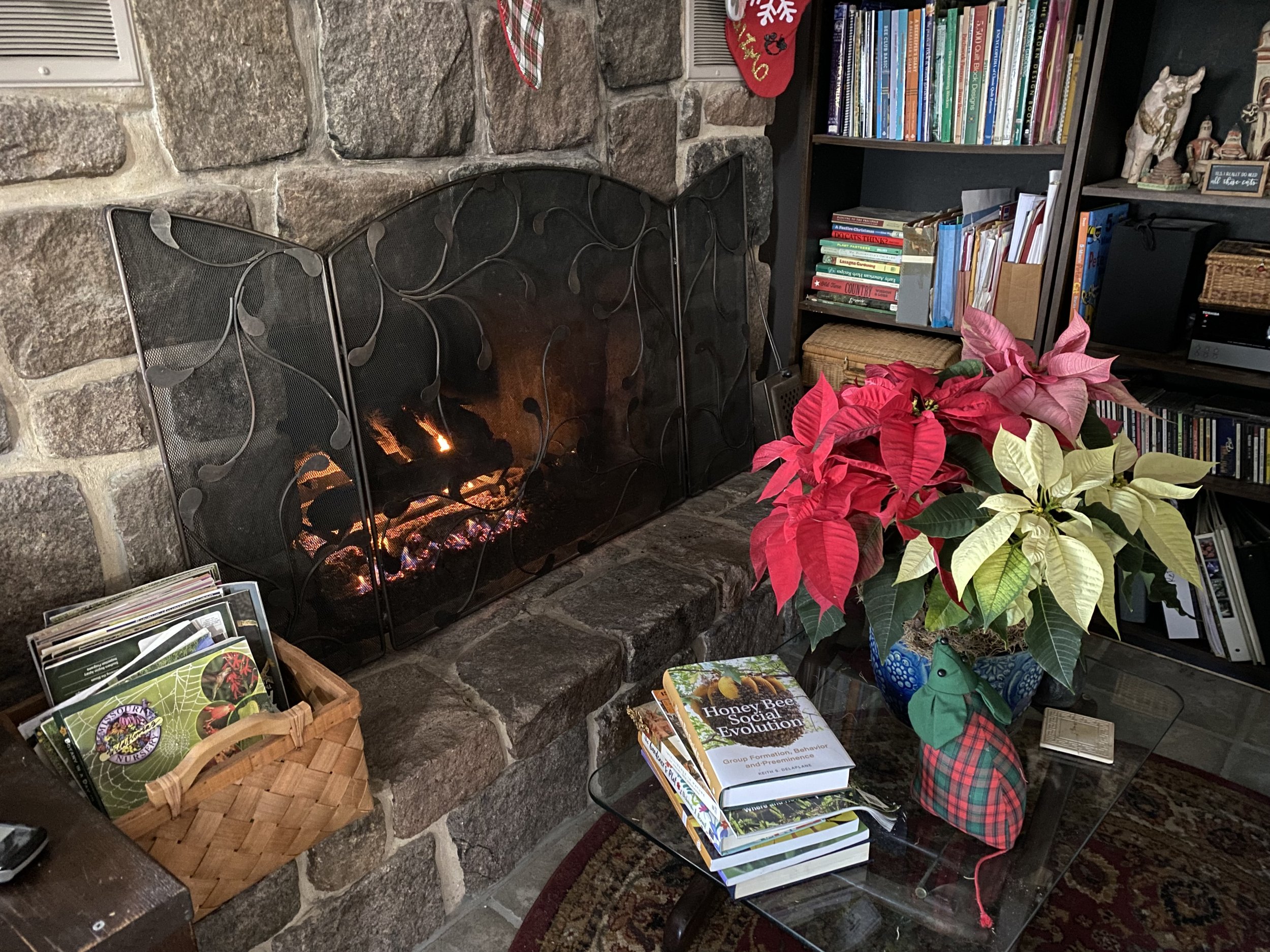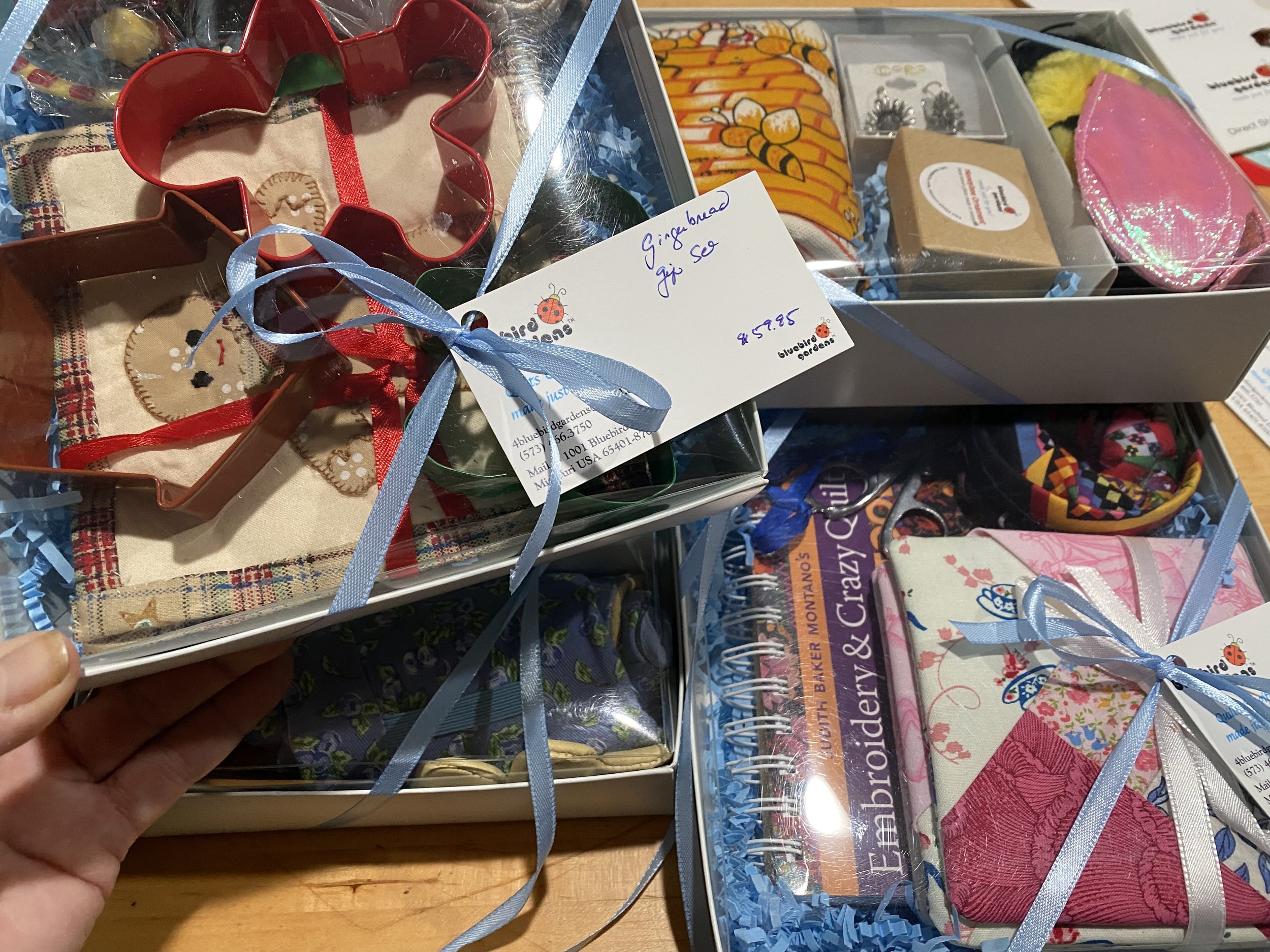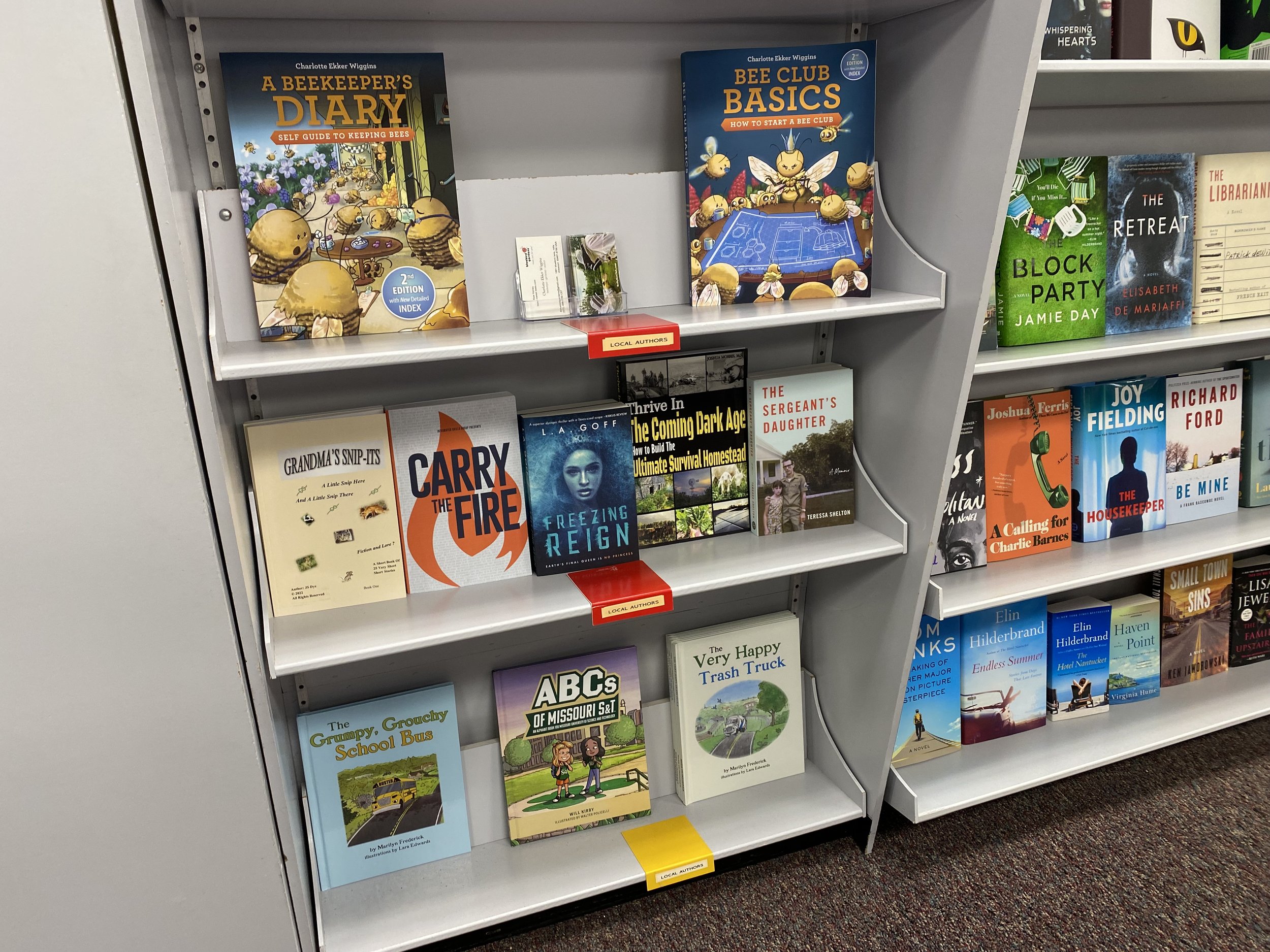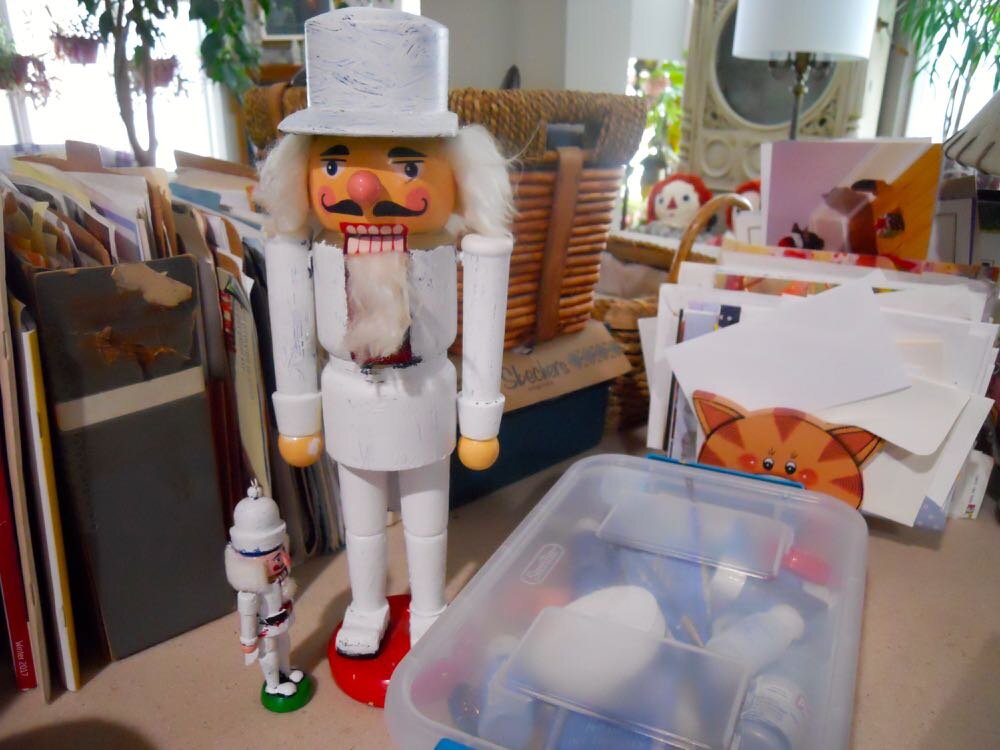Dopamine Decor
/every home should have a comfortable reading nook with pillows, flowers and a cat. (charlotte ekker wiggins photo)
Dopamine Decor
I was tossing Christmas pillows on a sofa to quickly add a holiday vibe when I heard a story describing “dopamine decor.” This is decorating to make one happy, a perfect way to describe why so many people enjoy decorating for the holidays. Dopamine decor recognizes that home decor can be more than what looks good in magazine pages and on Instagram. It’s what makes one happy!
When I decorate a room, I want it to be above everything else, easy and welcoming. That doesn’t mean I don’t go on treasure hunts every once in awhile; the goal is to have someone walk into the room and feel invited to sit down in a comfy area. My neighbor said coming into my house is like getting a big hug.
Here are 10 tips on how to make your rooms comfy, inviting and happy:
Comfortable toss pillows. Toss pillows are an easy way to update a room decor and add comfort to seating areas. Find pillows that can be used for naps and add a punch of color. Some toss pillows are merely decorative; go for comfort!
Side tables. You can find these at thrift stores and estate auctions. If they need a little tender loving care, Howard Furniture refinishing products will make the process easier, you will find many online furniture refinishers using these products. Side tables provide an extension to the seating area and a place to leave a nearby cup of coffee or tea and a handy book or two. Be creative; boxes, bookcases and interesting decor pieces can work well as side tables.
Quilts and throws. One of the easiest ways to change a room, whether a bedroom or sitting room, is to add, and change the quilts. Tossed at the end of a bed and over the back of a chair, or hanging on a wall, quilts and throws say cozy.
Rugs. Cover the area under where someone would be sitting. Large rugs pull an area together but you can also group small compatible rugs for a similar look. Place small rugs in front of seating areas and sofas to keep your feet warm.
Books. Add piles of favorite books you want to read next to a chair and sofa. That’s a sure invitation to sit down and nap….I mean, leaf through them.
Cats. Pets quickly add warmth to any room. Some of my easy chairs face the garden so that my solar-powered feline companions can recharge their batteries.
Baskets. Interesting baskets are an inexpensive way to add storage space and a warm vibe. Look for baskets at thrift stores and garage sales that will hold throws and also have the potential for kitty napping spots.
Photos. What a great way to mark special occasions and remind yourself of special people in your life with framed photos.
Vintage and Collectibles. Balance your new finds with family treasures and thrift store finds. The combination of old with new brings balance to a space.
Plants. Add greenery to brighten up a room. I love moth orchids and geraniums growing inside year around because they are easy to care for and have long-lasting blooms.
Surrounding yourself with comfortable items that mean something to you is a great way to bring happiness into your life.
For more gardening, beekeeping, cooking and easy home decor tips, subscribe to Garden Notes my free weekly newsletter.
Charlotte

